Welcome to our guide on Mount Kilimanjaro climbing routes. Discover the diverse paths to Africa’s highest peak, each offering unique challenges and breathtaking scenery for an unforgettable adventure.

Discover eight distinct routes to Africa’s highest peak, Mount Kilimanjaro. Each route offers unique advantages, such as smoother acclimatization, stunning scenery, or quieter treks. Our guide will assist you in selecting the right route for your adventure.
Kilimanjaro Routes, Lemosho (Shira Route), Machame, Marangu, Rongai, Northern Circuit, Umbwe, Kilema, Western Breach
Furthermore, various itinerary options are available for most routes, like 6, 7, and 8-day variations for Lemosho. Longer itineraries generally boast higher success rates due to better acclimatization. Let us navigate you through each route’s unique features to help you make the best choice for your Kilimanjaro climb.
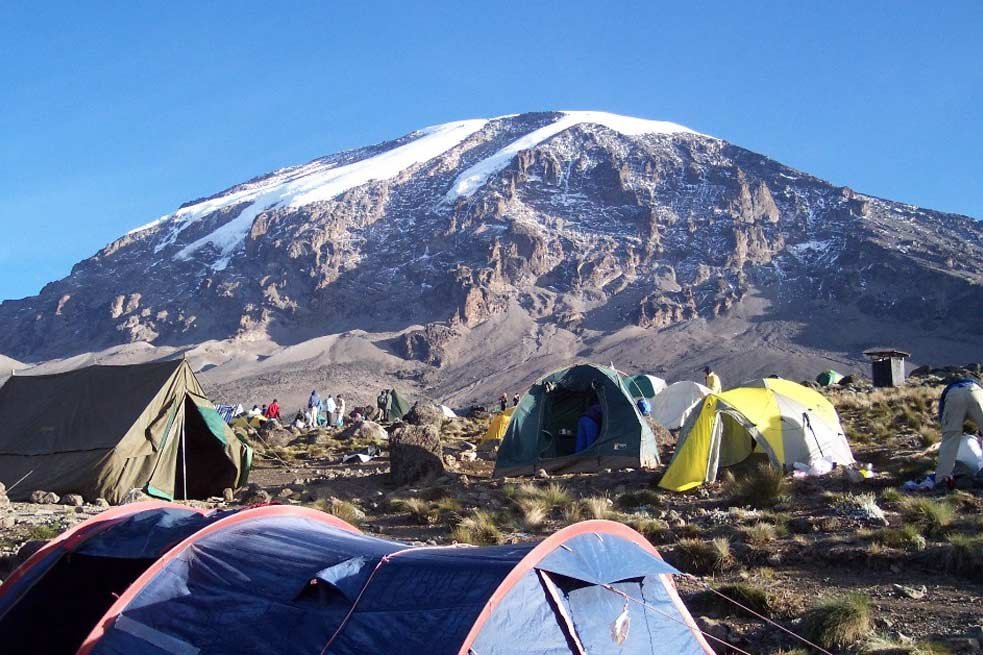
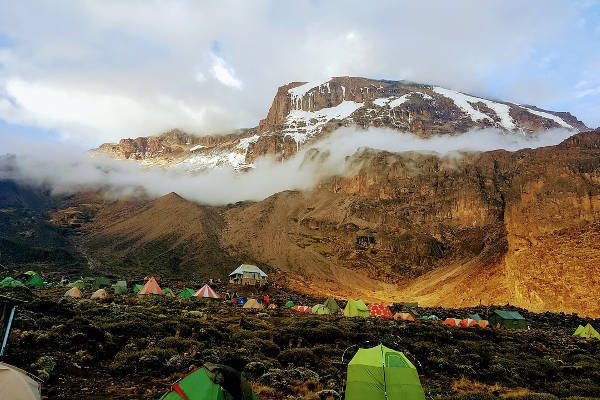
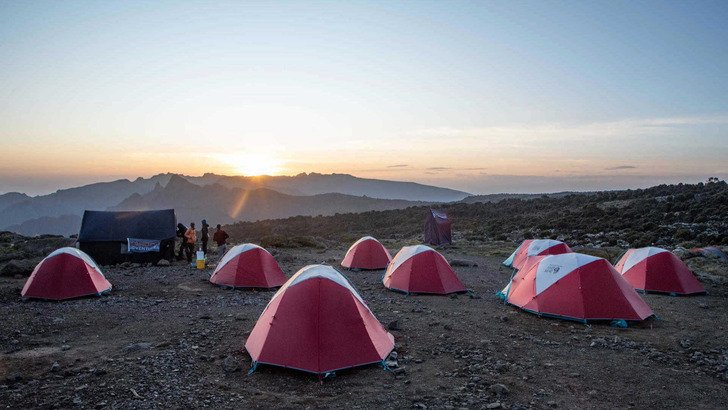
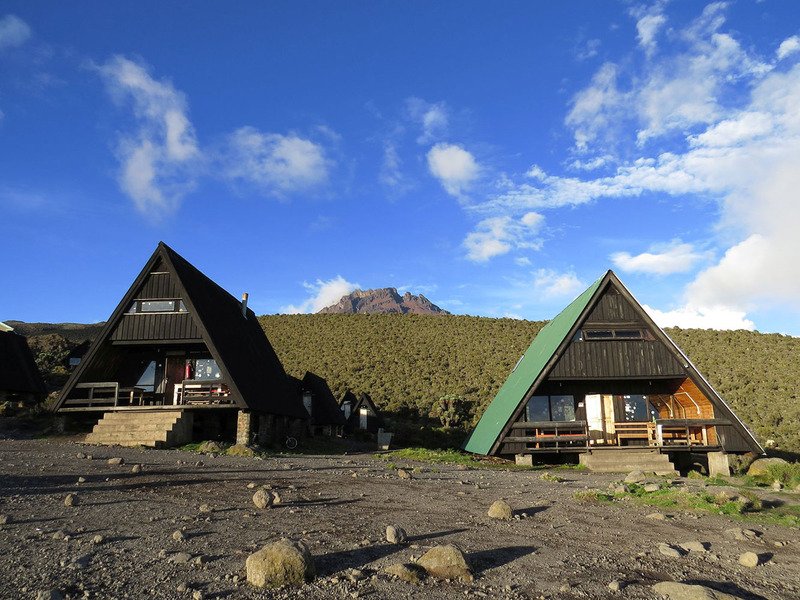


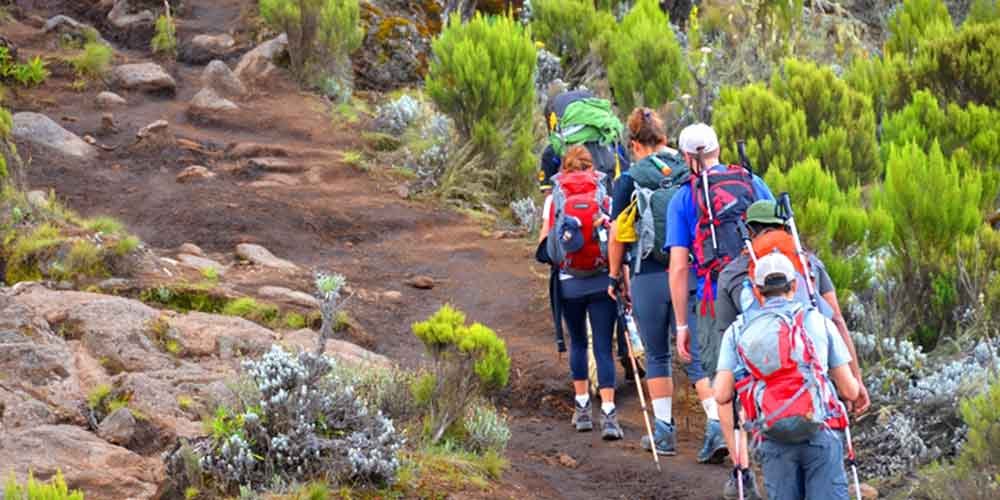

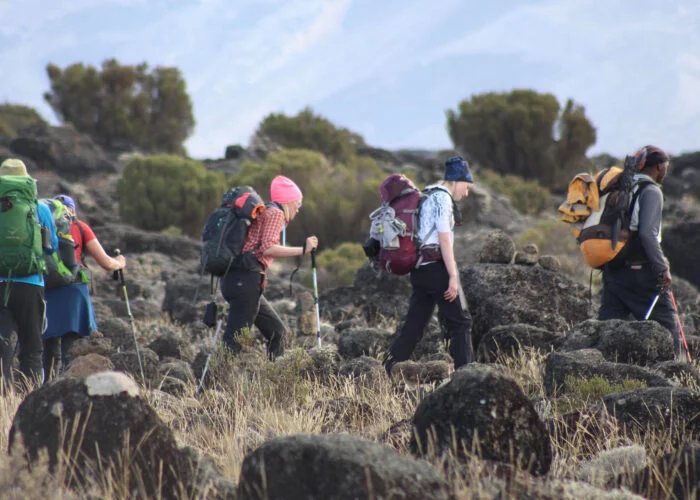
There are several Kilimanjaro climbing routes, each with its own unique characteristics and challenges. Some popular routes include the Machame Route, Lemosho Route, Marangu Route, and Rongai Route.
The best Kilimanjaro route depends on various factors including your level of experience, preferred duration, and scenery preferences. Routes like the Machame and Lemosho are popular for their scenic beauty and gradual ascent, while the Marangu Route is known for its simplicity.
The duration of a Kilimanjaro climb depends on the route chosen. Typically, it takes between 5 to 9 days to climb Kilimanjaro, allowing for acclimatization and a successful summit attempt.
The success rate of Kilimanjaro routes varies, but generally, routes with longer durations and more gradual ascents tend to have higher success rates. The Lemosho Route is often favored for its high success rate due to its longer duration and better acclimatization profile.
Climbing Kilimanjaro is considered challenging due to factors like high altitude, varying weather conditions, and physical exertion. However, with proper preparation, pacing, and guidance from experienced guides, climbers of varying skill levels can undertake the journey.
All Kilimanjaro routes offer stunning scenery, but routes like the Machame and Lemosho are renowned for their panoramic views and diverse landscapes. These routes traverse lush rainforests, alpine deserts, and glaciated peaks, providing climbers with breathtaking vistas throughout their journey.
The success rate of climbing Kilimanjaro varies depending on several factors including the route chosen, climber's physical condition, and weather conditions. On average, the success rate ranges from 60% to 70%.
There are no specific age restrictions for climbing Kilimanjaro. However, climbers should be in good health and physical condition to undertake the challenge. It's advisable to consult with a healthcare professional before attempting the climb, especially for older climbers.
No prior climbing experience is necessary to climb Kilimanjaro. However, basic fitness and endurance are essential. The routes vary in difficulty, but with the assistance of experienced guides and proper preparation, individuals of all experience levels can attempt the climb.
The best time to climb Kilimanjaro is during the dry seasons, which are typically from late June to October, and from December to February. These months offer clearer skies and lower chances of precipitation, making for more favorable climbing conditions.
When proper safety precautions are taken, climbing Kilimanjaro can be relatively safe. However, it's important to be aware of the risks associated with high altitude and to follow the guidance of experienced guides. Adequate preparation, including acclimatization and emergency planning, is crucial for a safe and successful climb.
If you can’t find the perfect safari or don’t know where to start, we’re here to help. Reach out to us, and let’s plan your dream African safari together.

Explore unparalleled adventures with Sahara Destinations: climb mountains, safari, and beach. Captivating landscapes, vibrant cultures—your extraordinary journey awaits!